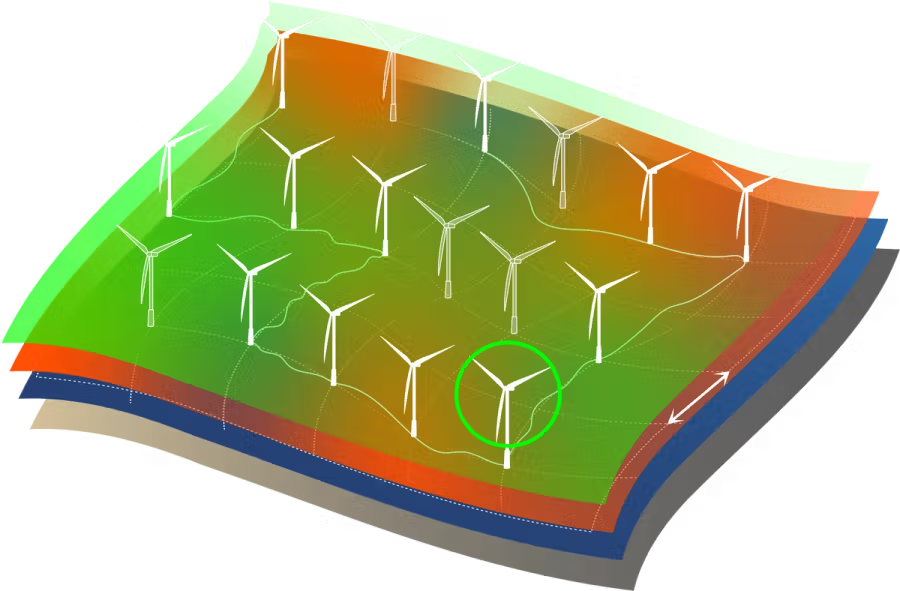FLOATING OFFSHORE WIND
The next step is floating.
16GW of 258GW offshore wind installed or starting construction by 2030 globally is set to be floating. With this increasing to 49GW by 2035.
The future is floating and the future is now. There is the technical potential for 3082GW of offshore wind from 8 emerging countries, 2,066GW of which will come from Floating Offshore Wind.
Whist the industry has been focussing on fixed bottom foundations, as floating offshore technologies mature, they will unlock emerging markets, and potentially result in significant increases in floating offshore wind.
Why Wood Thilsted?
Technology and expertise

Proven innovation

Floating track record
Services

Site assessment and ground engineering
Bathymetry, ground conditions & technical review
Ground Model Development
Seabed mobility
Site investigation strategy
Seismic activity and liquefaction
Metocean site characterisation

Anchors, Moorings and Structural designs
Foundation feasibility studies & mapping
Anchor solutions and mooring systems
Cable feasibility studies
Concept design
Detailed floating engineering design
Gravity pads and suction caisson design
Integrated Loads Analysis
Platform Hydrodynamics
Detailed Design of floating platforms
Soil anchor interactions
Cable Route/Burial Engineering

Owner's engineer
Floating wind farm site layout
Floating energy production assessment
Cost Model and comparative Analysis
Transport design and installation for floating offshore structures
Assembly, installation and O&M ports
O&M Strategy
Integrity Management
Feasibility Studies
Substructure Appraisal
Technical Due Diligence